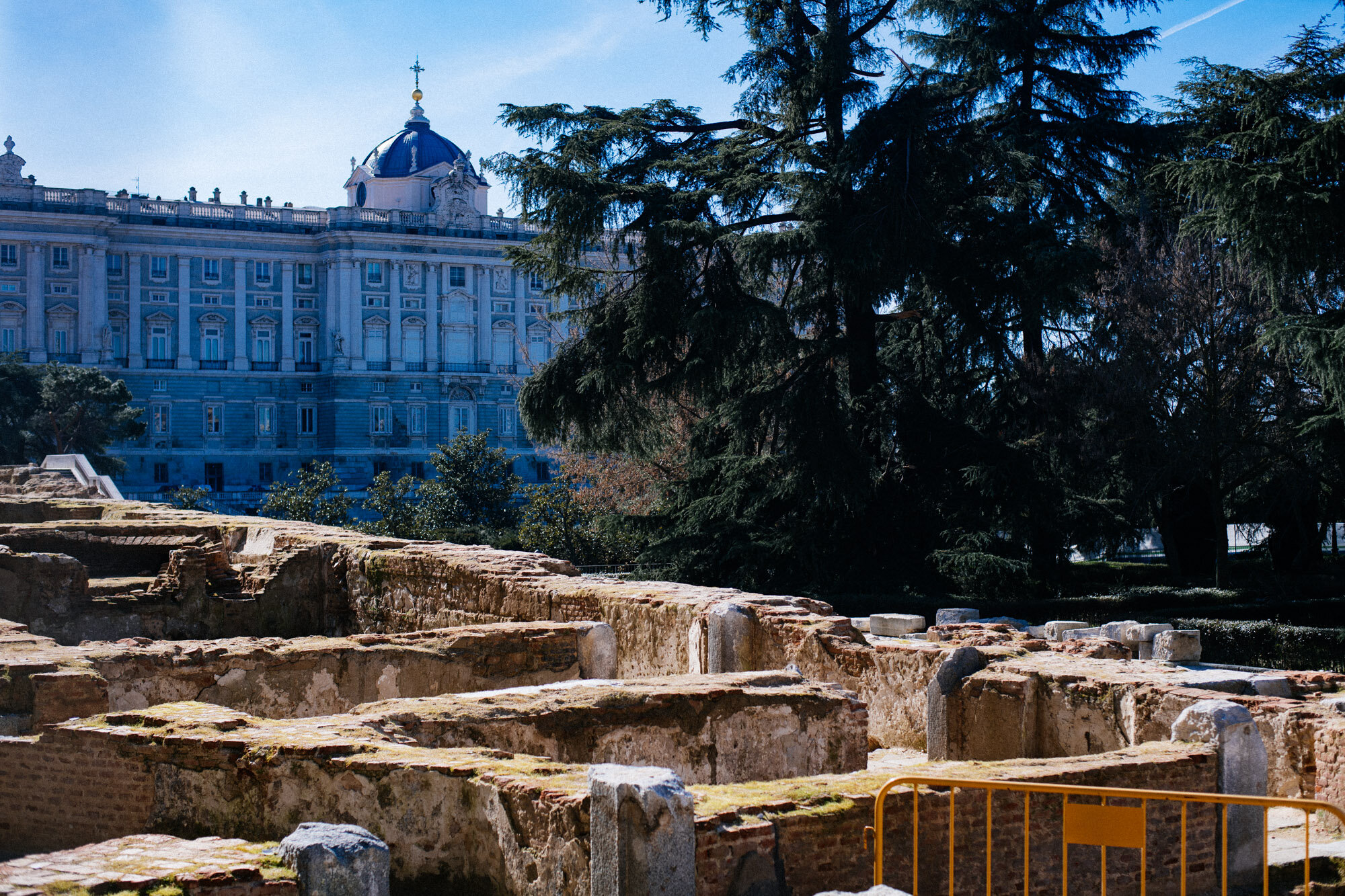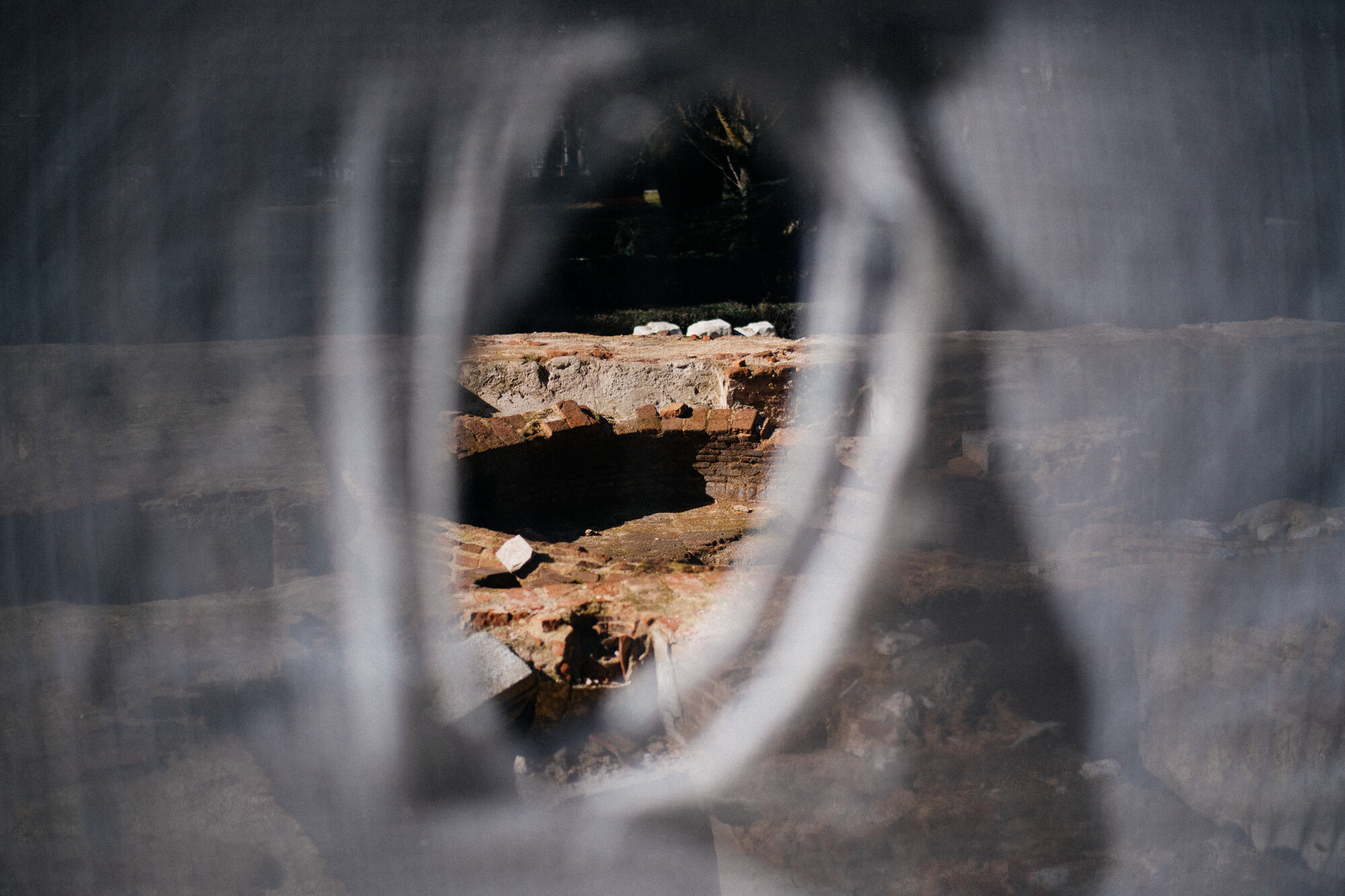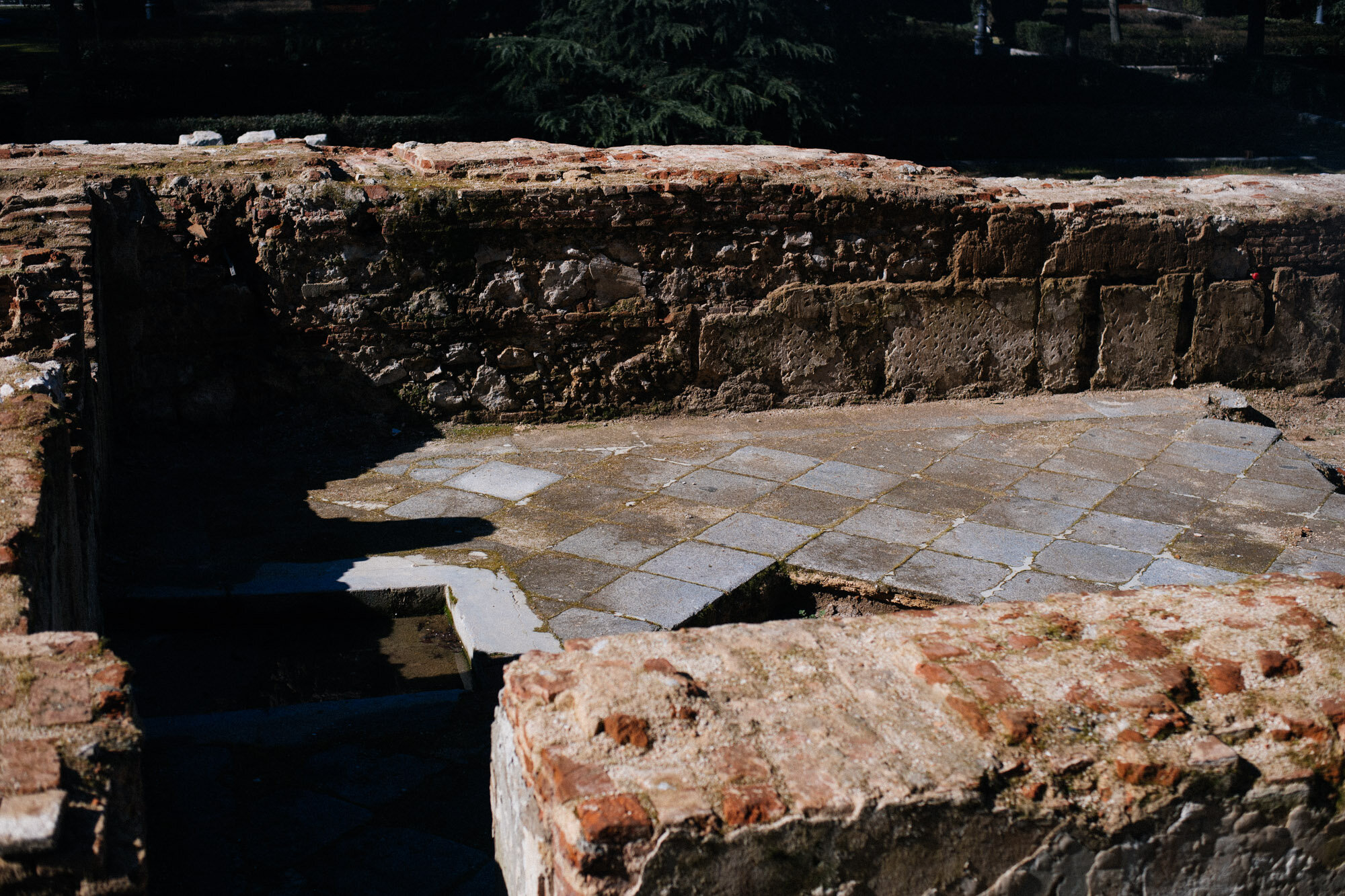Hidden Palace Ruins Discovered in Madrid
While digging to create a tunnel for traffic in Madrid, workers stumbled upon something far more interesting than they had initially anticipated. However, it’s not entirely surprising, as excavation work in central Madrid frequently uncovers significant historical ruins, particularly in areas that lie close to the Royal Palace, which has stood as a symbol of the city's rich history for centuries.
The impressive ruins of the historic Palace of Marqués de Grimaldi are conveniently located just down the block from the majestic Royal Palace of Madrid, making it an intriguing site to visit for those exploring the rich cultural heritage of the city.
It's been almost two years since the local government initiated renovations on Plaza España, a well-known park in town that prominently features the famous statue of Don Quixote on a horse.
A big sign in front of the ruins shows the renovation plans, budget and deadline: 21 months. None of those are expected to be accurate anymore.
The Original Building
The Palace of the Marquis of Grimaldi was built between 1776 and 1782 and is also called the Palace of Godoy, after Manuel Godoy, former prime minister of Spain and famous for ruining Spain’s finances after waging war with England. Later the building housed museums and the Ministry of the Navy.
Interesting fact: the building’s still there. So you may ask, what in the world are those ruins? Half of the building.
The original building as it stood in 1931.
In 1933 half the building was torn down (4 windows length).
The building today.
Magazine Año Nuevo published on Feb. 10th 1933 the story of how the palace was torn down and rambles in an opinion piece about expenses with city renovation efforts. They wanted to demolish the construction to give way to a wider avenue that would solve all traffic problems forever. Spoiler alert: it didn’t.
“It looks like the city was bombed”, says the story. They even have a picture of the statues in the nearby Plaza del Oriente with all the statues laying on the ground.
The next page of the magazine had a weird story about Hitler and how he would never cause another war because it would only show the supremacy of marxism. We all know how that went.
Calle Bailen viewed from Plaza España in 1931. The palace is on the left and Royal Palace is down the street.
At first construction workers had no idea what they found and were told that it was of no importance. If it weren’t for archaeologists, this finding would have turned into a big tunnel. To the opposite side of the remains of the palace used to be the Royal Stables, a much older construction that was also torn down to make space for a wider street and whose ruins are also in the mix of finds.
People poke holes into the fabric that separates the sidewalk from the construction site.
I had to peek myself, of course.
A circular construction is believed to be a bread oven in what was the kitchen.
Braces have been used to protect the ruins, considered by specialists to be in “excellent condition”.
It’s funny that for several minutes, people just walked by ignoring the ruins, but once one person peeks, everyone stops to do the same.
Floor tiles were preserved.
Obviously the top floors didn’t survive, but the basements are said to be in excellent condition.
A much older ruin lays just 10 feet from the recently found ones. This is the Cerca de Felipe II, a door that was part of one of the ancient city walls. Yo! Cover that nose, runner!
It really is amazing how all this was buried under several feet of dirt, with traffic flowing for decades and is still in such great condition.
Obviously the same debate as a century ago continues. What to do with the ruins? It appears that they will be opened to the public for visitation and a new plan for the tunnel will be made, making it go under. Can’t wait for a guided tour!











